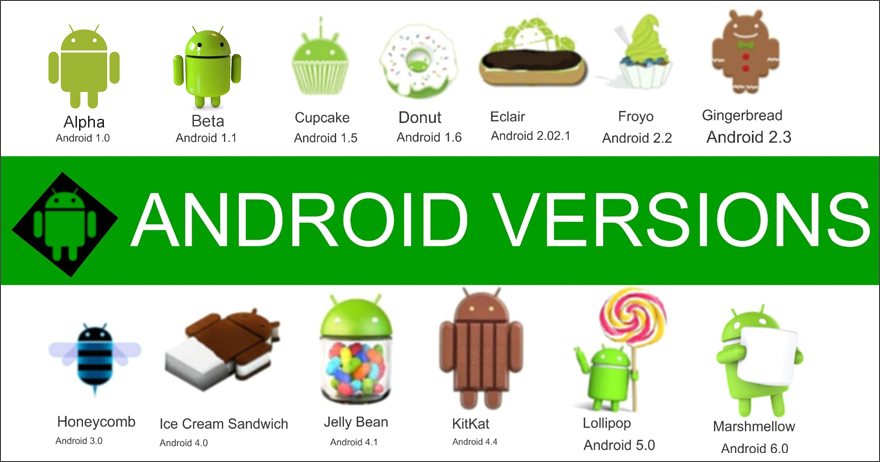
On December 9, 2008, 14 new members joined, including ARM Holdings, Atheros Communications, Asustek Computer Inc, Garmin Ltd, Huawei Technologies, PacketVideo, Softbank, Sony, Toshiba Corp, and Vodafone Group Plc. On the same day, the Open Handset Alliance also unveiled their first product, Android, a mobile device platform built on the Linux kernel version 2.6. The goal of the Open Handset Alliance is to develop open standards for mobile devices. On November 5, 2007, the Open Handset Alliance, a consortium of several companies which include Broadcom Corporation, Google, HTC, Intel, LG, Marvell Technology Group, Motorola Mobility, Nvidia, Qualcomm, Samsung Electronics, Sprint, T-Mobile and Texas Instruments was unveiled.

In September 2007, InformationWeek covered an Evalueserve study reporting that Google had filed several patent applications in the area of mobile telephony. Some speculated that as Google was defining technical specifications, it was showing prototypes to cell phone manufacturers and network operators.

Print and online media outlets soon reported rumors that Google was developing a Google-branded handset. Reports from the BBC and The Wall Street Journal noted that Google wanted its search and applications on mobile phones and it was working hard to deliver that. Speculation about Google's intention to enter the mobile communications market continued to build through December 2006.
ANDROID OS VERSIONS HISTORY WIKI SOFTWARE
Google had lined up a series of hardware component and software partners and signaled to carriers that it was open to various degrees of cooperation on their part. Google marketed the platform to handset makers and carriers on the promise of providing a flexible, upgradable system. at the time of the acquisition, but many assumed that Google was planning to enter the mobile phone market with this move.Īt Google, the team led by Rubin developed a mobile device platform powered by the Linux kernel.
ANDROID OS VERSIONS HISTORY WIKI ANDROID
Key employees of Android Inc., including Andy Rubin, Rich Miner and Chris White, stayed at the company after the acquisition. Steve Perlman brought him $10,000 in cash in an envelope and refused a stake in the company. operated secretly, revealing only that it was working on software for mobile phones. Despite the obvious past accomplishments of the founders and early employees, Android Inc. was founded in Palo Alto, California, United States in October, 2003 by Andy Rubin (co-founder of Danger), Rich Miner (co-founder of Wildfire Communications, Inc.), Nick Sears (once VP at T-Mobile), and Chris White (headed design and interface development at WebTV) to develop, in Rubin's words ".smarter mobile devices that are more aware of its owner's location and preferences".


 0 kommentar(er)
0 kommentar(er)
